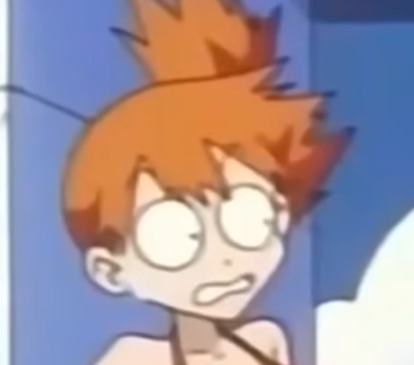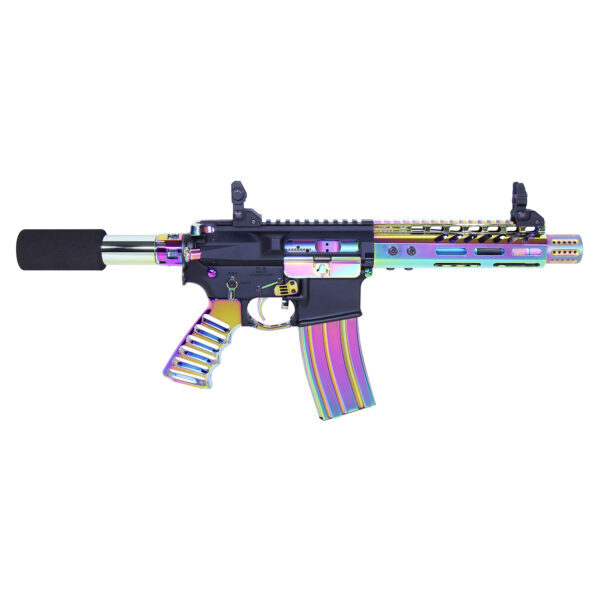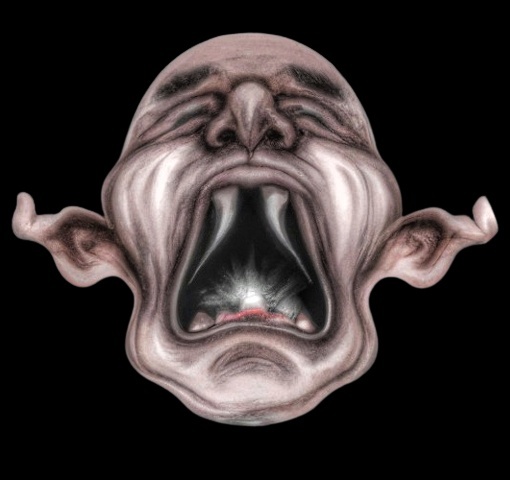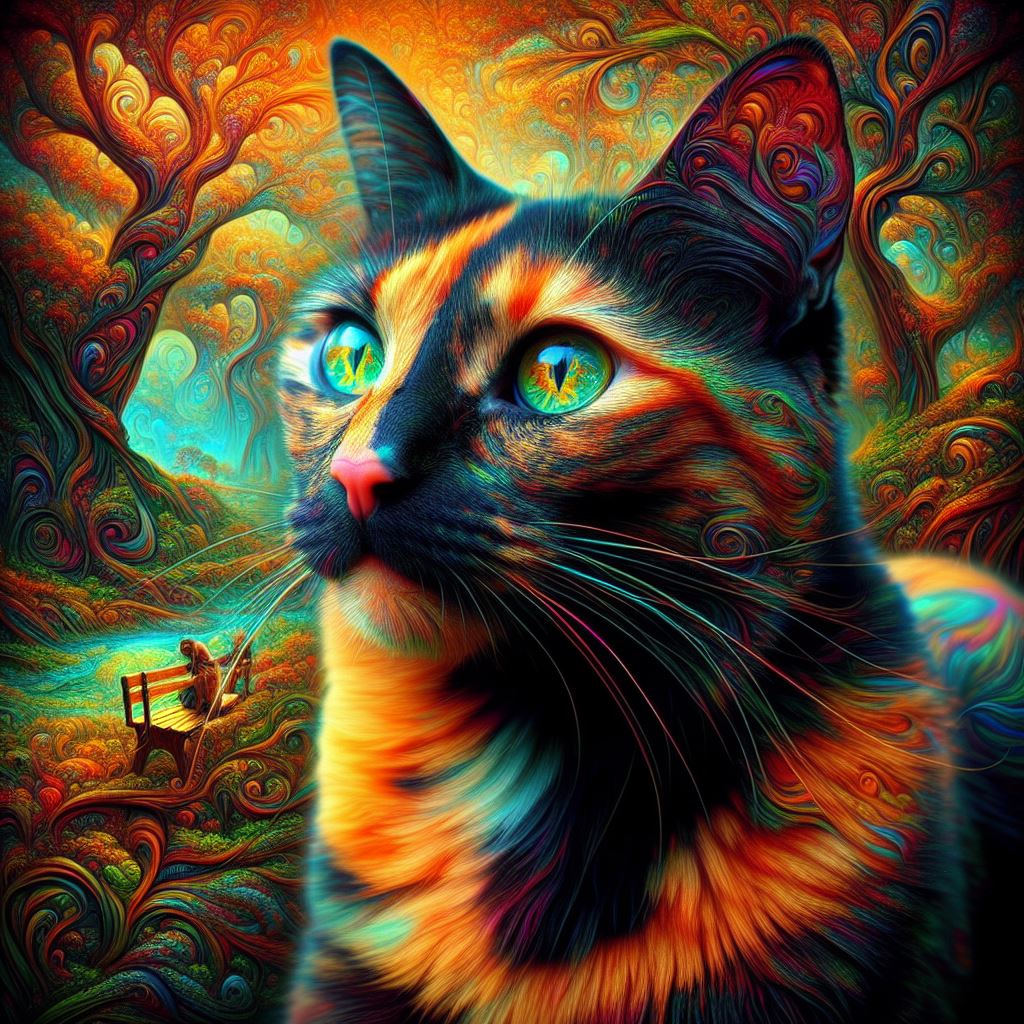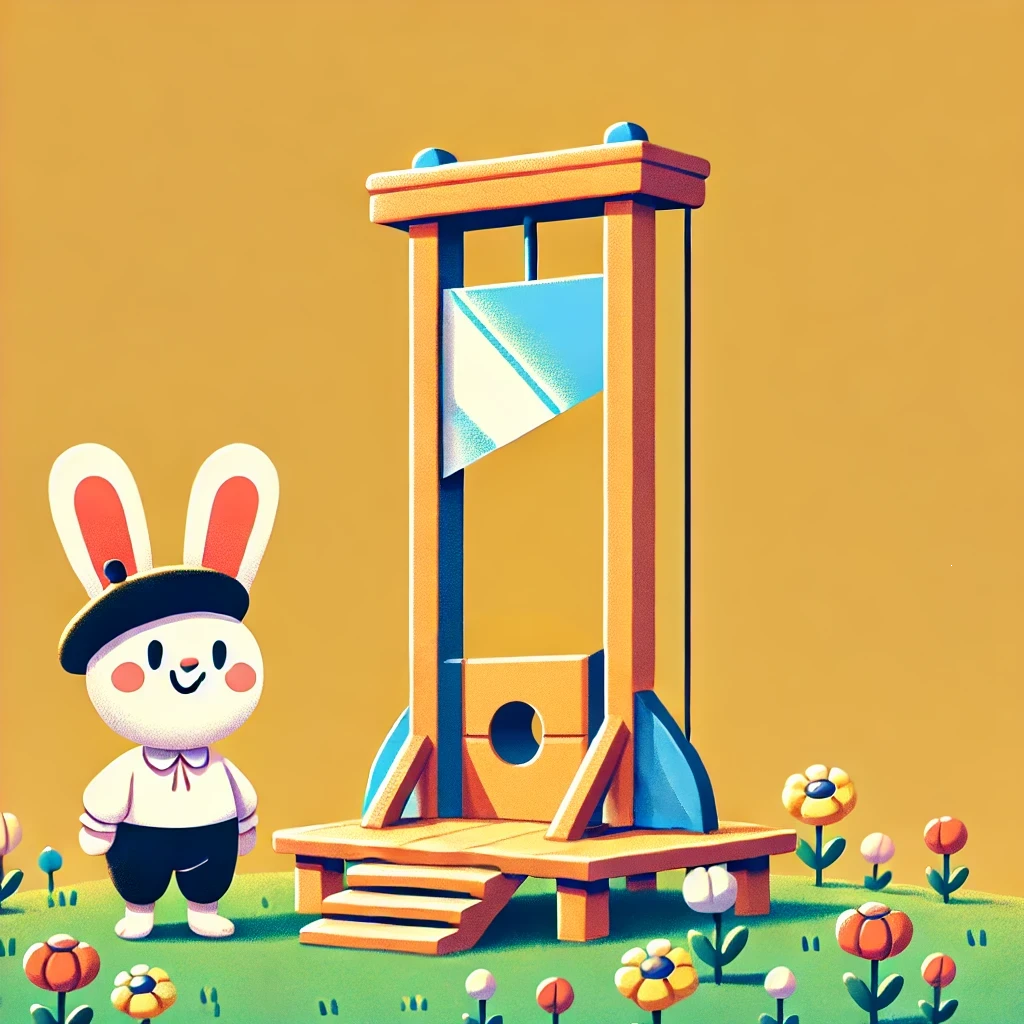Don’t want to bodyshame, but man, that is an ugly gun.
It’s the plastic lower, isn’t it?
I don’t want to offend anyone, but this sword is STRAIGHT
that’s why I only use sabres and katanas ;-)
Katanas = queer swords
well, they’re not straight, and they go nicely with my fedora…
You slay, babe
What about Nodachi? Sephiroth used a Nodachi. If it’s good enough for Sephiroth, or Cloud, it’s good enough for me.
I seriously want Cloud’s Sword Bike from Advent Children.
My real goal is to be so not straight that the only sword suitable for me is a kopesh.
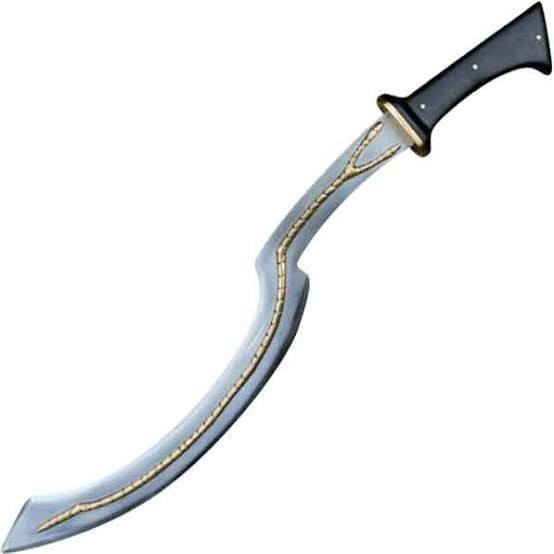
Not when I’m done with it
I would call it turgid
It’s going to be gaymores next.
You mean the cousin of Seymour Asses? The asexual dog Gaymore Asses?
Swords clash with other swords. Swords were always gay.
But swords are also sheathed ! or… is that an allegory for closeted ?
I’m guessing you don’t have your foreskin?
I do ! there, there. Don’t listen to the man. Nobody’s taking you away from me
Tactical transition? Is that for when you want your deadname to stay dead?
Possibly? Or maybe people will think twice about deadnaming you.
A while back, someone suggested that only women should be allowed to own handguns, and that the guns should all be painted baby pink.
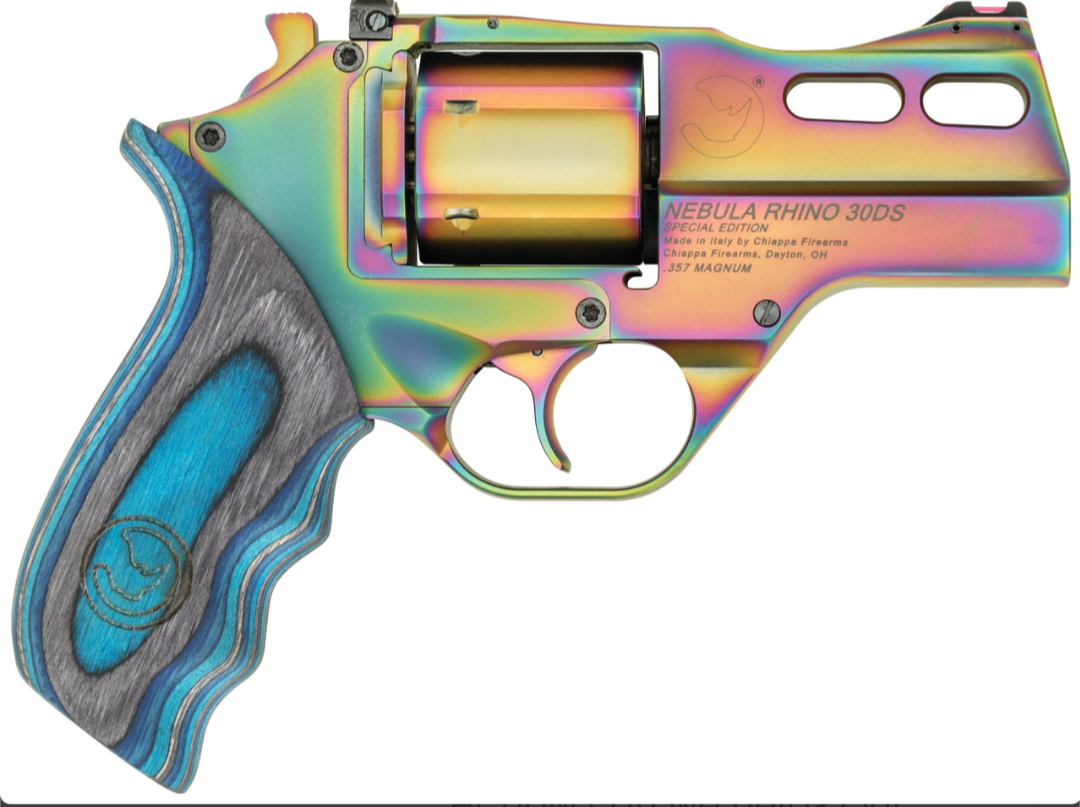
MKULTRA: Hold my mimosa. https://en.wikipedia.org/wiki/Gay_bomb
Wow, this actually exists? I thought it was a joke from this: https://www.imdb.com/title/tt2411696/
Ooof. I hope that’s a stain and not heat discoloration, otherwise that’s not a sword, but a sword-shaped wall decoration.
Hard to say, I’ve never seen a heat affected zone look like that. I also haven’t foraged a sword.
I didn’t know you can forage for swords.
If you look in the right place, at the right season, there’s all kind of swords to be foraged. Delicious with garlic and parsley
Especially abundant near lakes in Britain
Yep, my buddy Art foraged such a nice sword. Everybody calls him a king now. He even made a council like in the LoTR.
Strange women lying in ponds distributing swords is no basis for a system of government!
Just moistened binks lobbing scimitars everywhere out there.
How dare you make me remember the submarine scene in Episode 1
What if mine was given to me by a watery tart?
It’s really easy actually, the difficult part is cooking them.
Poking the same sex since 3300BC
Don’t tell him about stainless tig welding
slayyy ⚔️💑
If this was the Singing Sword from Knighty Knight Bugs, I’ll bet it would sing What’s Going On for 10 hours straight.
This one gets around quite a lot.

“## QuickBooks Solopreneur - $1 per month”
That’s not He-Man singing the iconic 4 Non-Blondes song “What’s Up” (nor is it the equally iconic Marvin Gaye song that IS called What’s Going On!)
Didn’t say it was He Man singing, but yes, I got the song title wrong.
And the link. I highly doubt that the sword is interested in QuickBooks…
Quickbooks? Heh?

The YouTube link leads to a video about QuickBooks, not the song.
So weird… I’m apparently not functioning on all cylinders today. Thanks for the heads up!
No worries 🙂
I didn’t know they added swords to CS2
Heat affected zone on that sword is fucking ridiculous. Sure, you made it harder, but it’ll shatter more easily, too.
Could just be a color casing process.
Uh… You might be confusing welding and heat treating concepts…
I’ll admit my knowledge of metallurgy is informed by a background in welding, but it’s my understanding that the colors on that blade can only happen with a large temperature difference between the middle and its ends, likely as a result of the maker using a benzene torch on it for a few minutes. This high heat is going to do the same thing to the blade as it does during welding: it fucks up the temper. Heat treating is more than just making the metal hot; you have to make it uniformely hot, for a specific amount of time, and then cool it gradually and under control. Doing that doesn’t give you the pretty colors, but it does give you stronger metal.
I won’t say that this blade is properly heat treated; it probably isn’t. In welding, the problem is the wide variation of heat affects in a very small zone. You can have material that is very brittle just millimeters away from material that is very soft and ductile.
You’re describing “normalization”, which is a process that makes steel uniformly tough, but “plastic”. When you flex it, it bends, and stays bent. “Annealing” is a similar process, where the temperature is raised a bit higher, and the cooling slowed even more. “Annealing” leaves the steel very soft.
In tool making, you’re first looking for high hardness (acquired with a “quenching” process). This makes it very brittle; it has no elasticity.
Next, you’re dialing back that hardness with a “tempering” process, which is done at a lower temperature than the normalization process, and the cooling can be much faster. When tempered, it’s still very hard, (significantly harder than “normalized”) but now it is slightly elastic. It will flex, but beyond a critical point, it just snaps; it probably won’t take on a permanent bend.
These colors are oxide layers that form at temperatures in the “tempering” range.
To expand on this, the rainbow of colors which start at a straw then turn yellow, red, brown and then that vivid blue, are caused by refraction. The oxide layer on the surface is transparent or translucent, and the thickness of the layer determines what wavelength of light it scatters. The hotter it gets, the thicker the oxide layer forms, so you can fairly reliably tell the temperature the metal has been heated to by eye, and you might use different amounts of heating to achieve hard-but-brittle or soft-but-tough.
I’ve even seen it done by Chris of Youtube channel Clickspring for decorative purposes. It’s how he made the steel hardware of his brass clock blue.
Exactly how you temper something the size of a sword using a forge is a bit outside my understanding; I’ve done it with relatively small bits of drill rod to make lathe tools with a gas torch, but that’s about it.
The hotter it gets, the thicker the oxide layer form
This is accurate enough for tempering of most cutting tools, but technically, the oxide layer will continue to grow if you hold a lower temperature for a longer than normal time, and might not fully develop if you reach a higher temperature for a shorter than normal period of time.
This property useful if you are trying to develop a specific color rather than achieve a specific metallurgy. You can heat to a lower temperature for a longer time to develop a deeper, more consistent color.
In my experience, it’s easier to develop colors with an oven or propane torch rather than a forge or acetylene.
Yeah I referenced Clickspring, when oxidizing a part for decorative purposes he would put the part in a brass tray full of brass shavings apparently to function as a thermal mass so that the color comes out evenly.
